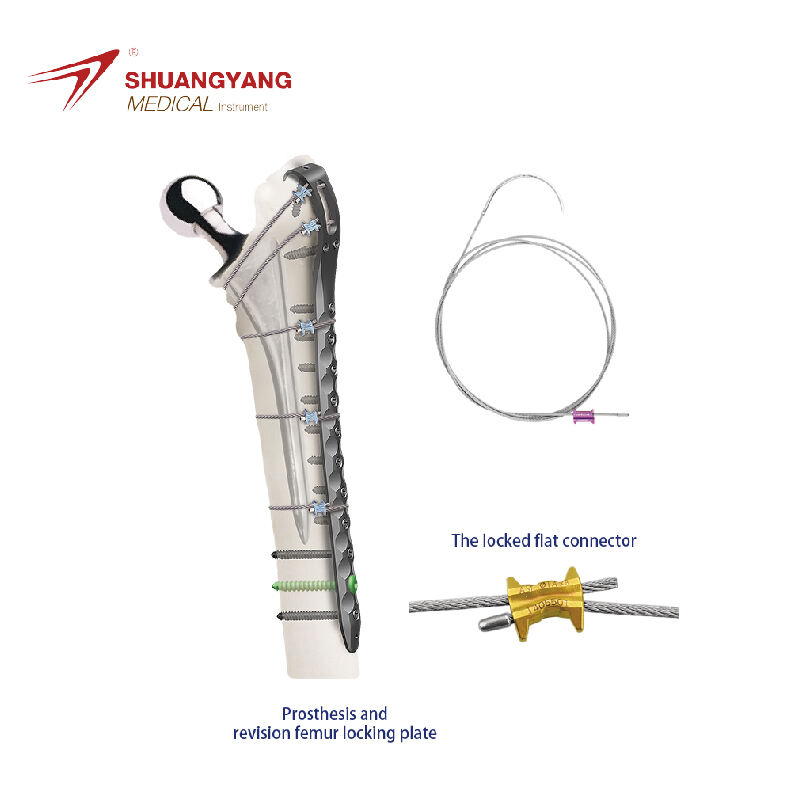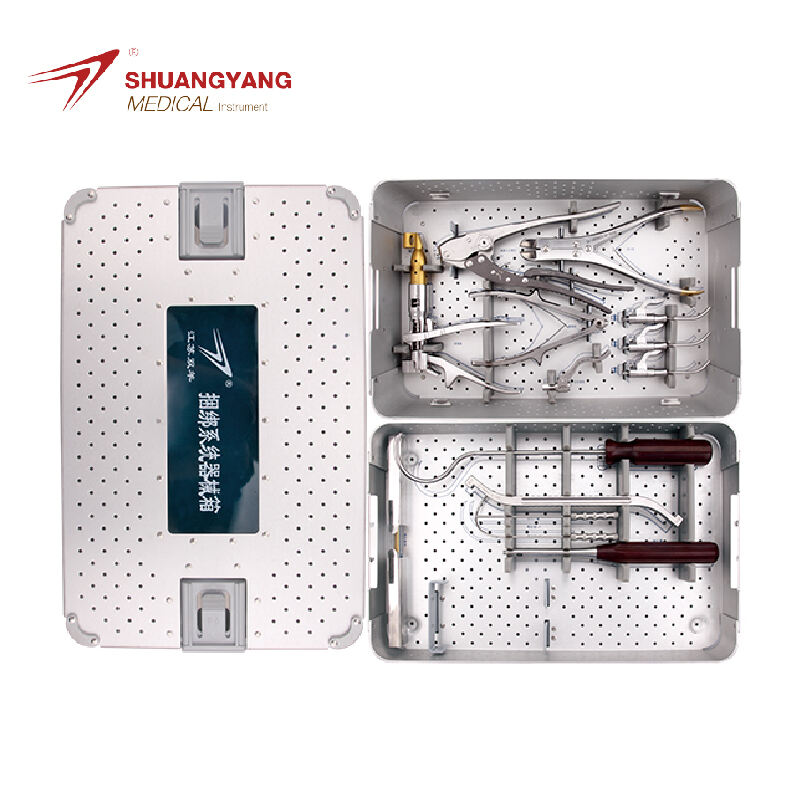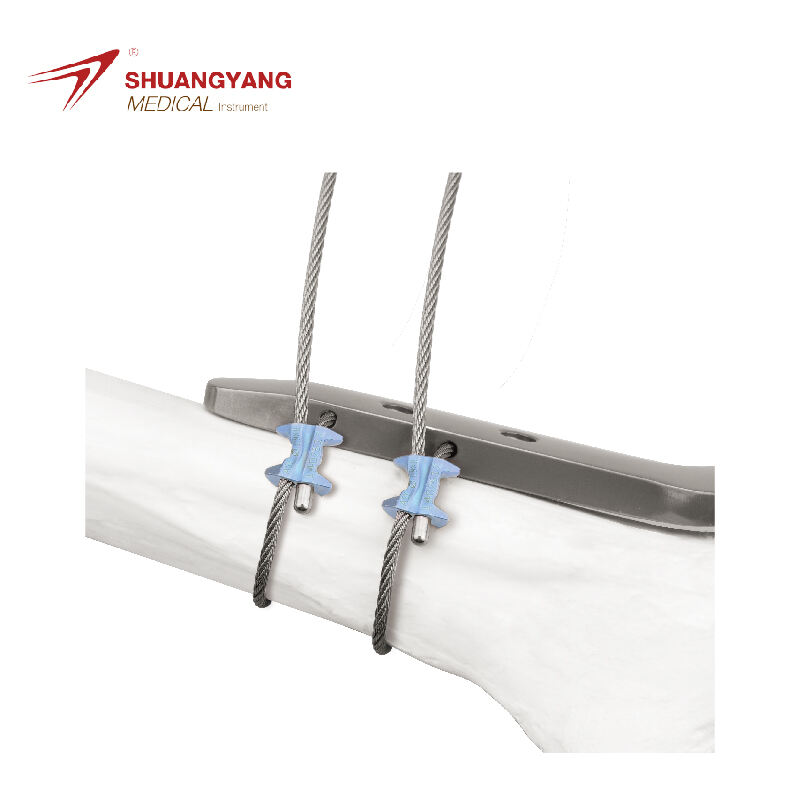fractured sternum
The fractured sternum, a critical yet often overlooked condition, plays a pivotal role in understanding the human skeletal structure and chest cavity functionality. The sternum, or breastbone, is a flat bone located in the center of the chest, connecting to the ribs via cartilages. Its primary functions include protecting vital organs like the heart and major blood vessels, providing a stable platform for the attachment of the ribcage, and supporting the respiratory system by allowing for proper chest expansion during breathing. Technological features of a fractured sternum are detected through imaging techniques such as X-rays, CT scans, and MRI, which illustrate the type and extent of the fracture. Applications range from medical research and treatment to forensic analysis, offering insights into trauma and injury patterns.


